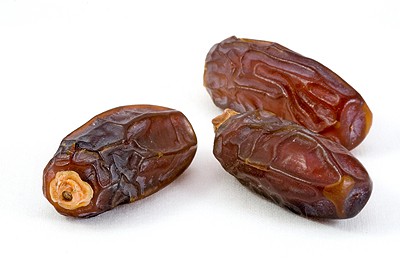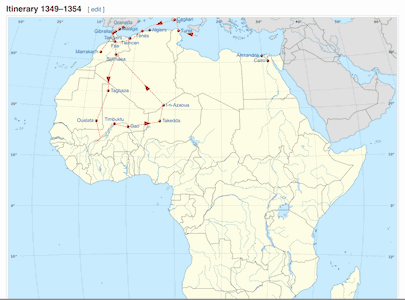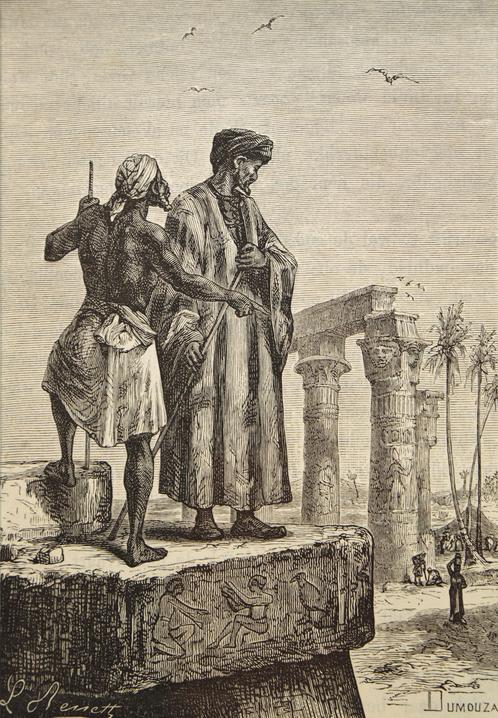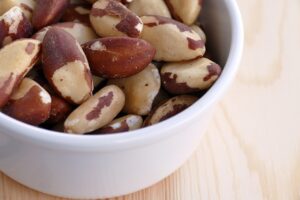The date palm is widely distributed across the desert regions of North Africa and The Middle East. It is one of the few cultivated plants that can grow in hot and dry conditions. It is reputed to have 800 different uses altogether, but perhaps the most important is the food it produces. The date has been a staple in the diet of people in the region for thousands of years, a valuable source of carbohydrates and essential vitamins in a part of the world where few other comparable foods are to be found.

The History Of The ‘Fruit Of The Desert’
Dates would provide people with food for thousands of years before deliberately cultivating palm trees. The estimated date for this cultivation began 7,000 years ago in what is now Iraq or Iran. Possibly farther East in the Indus Valley of Pakistan as well. After discovering an effective method of cultivating date palms, the trees appear to have spread quickly across arid regions of The Middle East. The popularity of date fruit is due to their storage for long periods after drying. Therefore, they are used as provisions during long journeys across the desert. This information is relevant to the growth of the trade routes that developed across the Arabian and Saharan deserts. Caravans carrying merchandise began to cross immense distances of the desert by traveling from one oasis to another.
The History Of The Date Fruit And Ibn Batutta
Arab traders transporting goods, including gold, incense, and ivory, not to mention slaves, were often working as guides across the inhospitable deserts. It was done with the people of the nomadic tribes within the region. Specifically, the Bedouins of Arabia and the Berbers of North Africa. While en route, they were sustained by a diet of camel’s milk and dates. In 1352, the great traveler and writer Ibn Battuta (1304-69), who journeyed throughout the Islamic world, joined a caravan to cross the Sahara Desert. Furthermore, their route was from north to south. He left us with an account of this experience. At this time, his goal was to assess the prosperity of the towns and oases he visited by the quality of the dates he found.

Ibn Battuta set out on his journey from the Moroccan city of Sijilmasa on the northwest edge of the desert. At the time, this city was a major trading post. Since his journey in 1352, lasting for two years, the western branch of the trans-Saharan trade route started to decline in importance. The first Portuguese and then British sailors made the water faster and safer for travel. Importantly, overland trade routes became redundant as transcontinental shipping by boat grew in profitability and ease during the 16th and 17th centuries.

Ibn Battuta Arrives In Taghaza
Finally, after the grueling 25 days in the desert, Ibn Battuta arrived at Taghaza, now in northern Mali. He observed that everybody was engaged in the salt trade and that even the houses were made of it. From Taghaza, Ibn Battuta continued southward to the Malian Kingdom, crossing the aridest part of the desert. Subsequently, the caravan leaders sent scouts to the oasis town of Oualata on the southern edge of the desert. They would arrange for water delivery to the caravan, a common practice on long and arduous journeys.
The First Written Mention Of Dates
After returning to his home in Morocco from his travels in 1354, his travels would be an influence to write his life story. He was an Ambassador for the ruler of Morocco, Abu Inan Faris. Ibn Battuta dictated an account of his journeys to scholars. The account is the only source for Ibn Battuta’s adventures. Specifically, the full title of the manuscript translation is A Gift to Those Who Contemplate the Wonders of Cities and the Marvels of Traveling. It was in this account that the oldest mention of the date fruit. The history of dates fruit starts with Ibn Battuta and continues today.
If you prefer to listen than to read, as I do, then here is a podcast about Ibn Battuta, http://www.missedinhistory.com/podcasts/ibn-battuta.htm. It is a podcast with the name, ‘Stuff You Missed In History Class.’ Due to this podcast, I learned a lot from the history of the date fruit and its importance to desert travelers.
Modern Dates Coming To Your Plate
Today, the leading producer of date fruit is Egypt. As a result, the rest of the suppliers are around Egypt, residing in North Africa and the Middle East. The varieties of breeds in date fruit vary from place to place. (See why Dried Fruit Can Be Good for Your Health). Most noteworthy is the variety of date breeds in this region. Some breeds, including Hissa, Gouda, Anjou, and Medjool, are more delicious than others. See the graph below of the biggest suppliers in the world and how much tonnage they produce.
Top ten date producers – 2014
(1000 metric tonnes)
Egypt – 1,113
Iran – 958
Saudi Arabia – 847
Iraq – 678
Pakistan – 555
United Arab Emirates – 533
Algeria – 517
Sudan – 437
South Sudan – 299
Oman – 250


